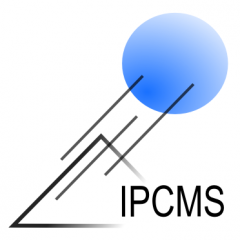Matthias Riepp (IPCMS/DSI)
Résumé :
The possibility of manipulating magnetic states on femtosecond time scales using ultrashort light pulses promises energy efficient spintronics and data recording applications in the futur. On the way to a controlled manipulation, it is not only of paramount importance to identify mere heat-driven incoherent dynamics and coherent dynamics induced by the electric- and magnetic-field components, but also to understand the impact of the ultrafast dynamics on magnetic nanostructures. This talk will introduce you to time-resolved XUV resonant magnetic scattering at free-electron lasers, a powerful technique to address these questions, comprising results from optical- and terahertz-pump—XUV-probe experiments.
Contact : Christine Boeglin (0388107028 –christine.boeglin@ipcms.unistra.fr)
23 rue du Loess
Strasbourg (Campus de Cronenbourg)
